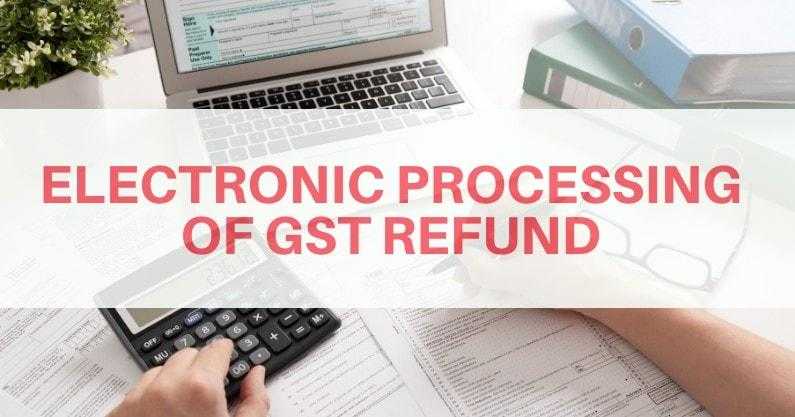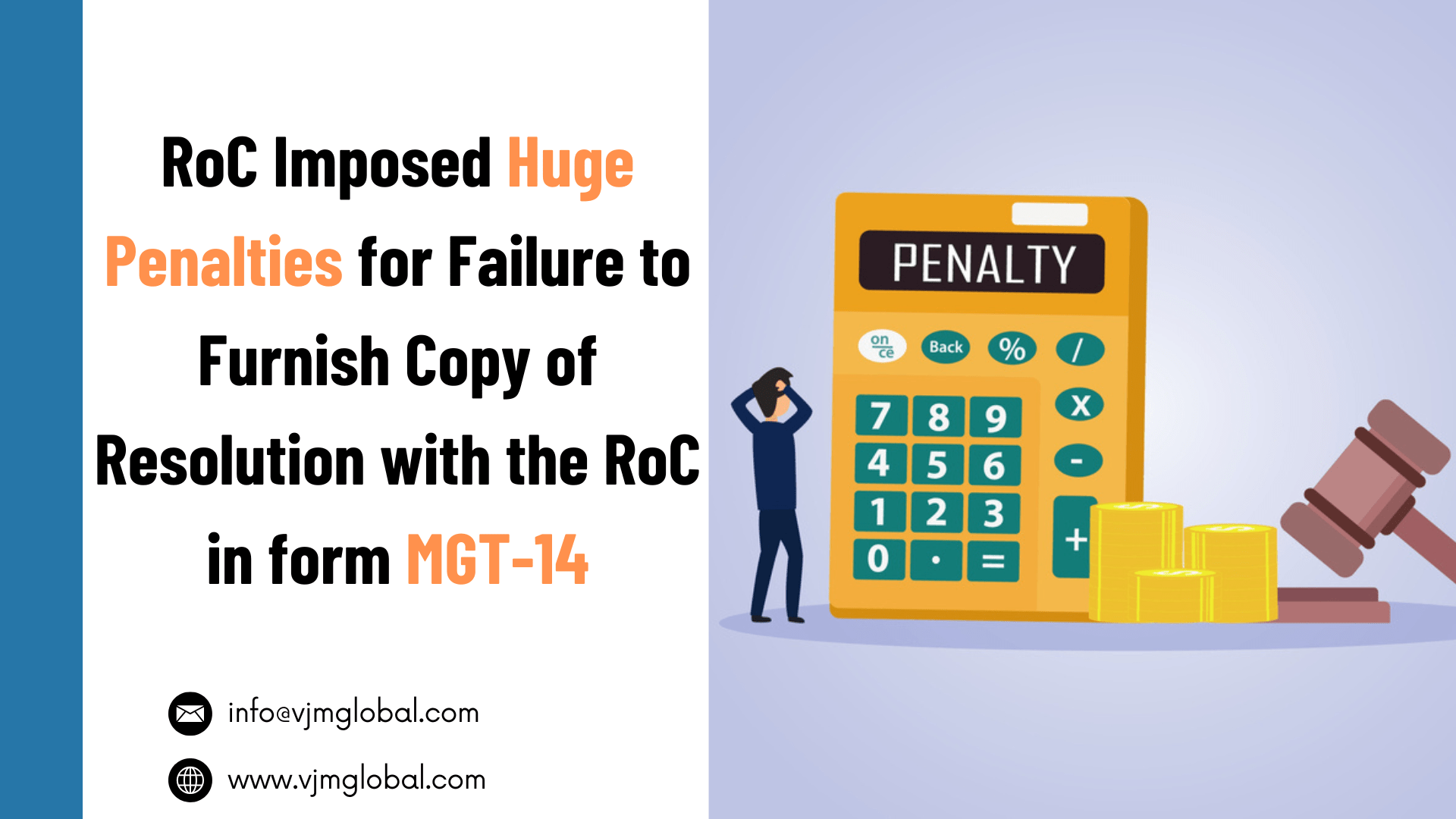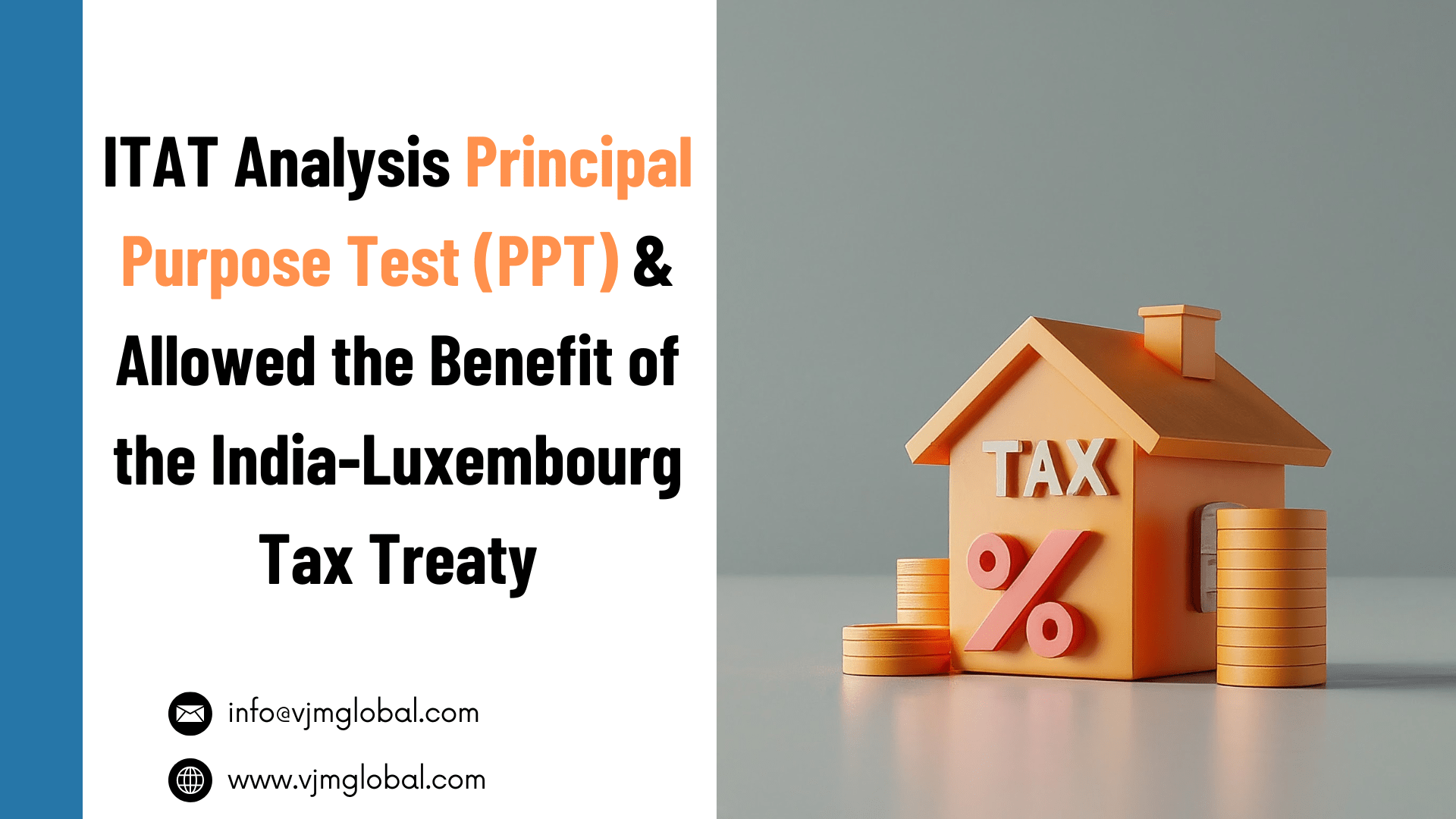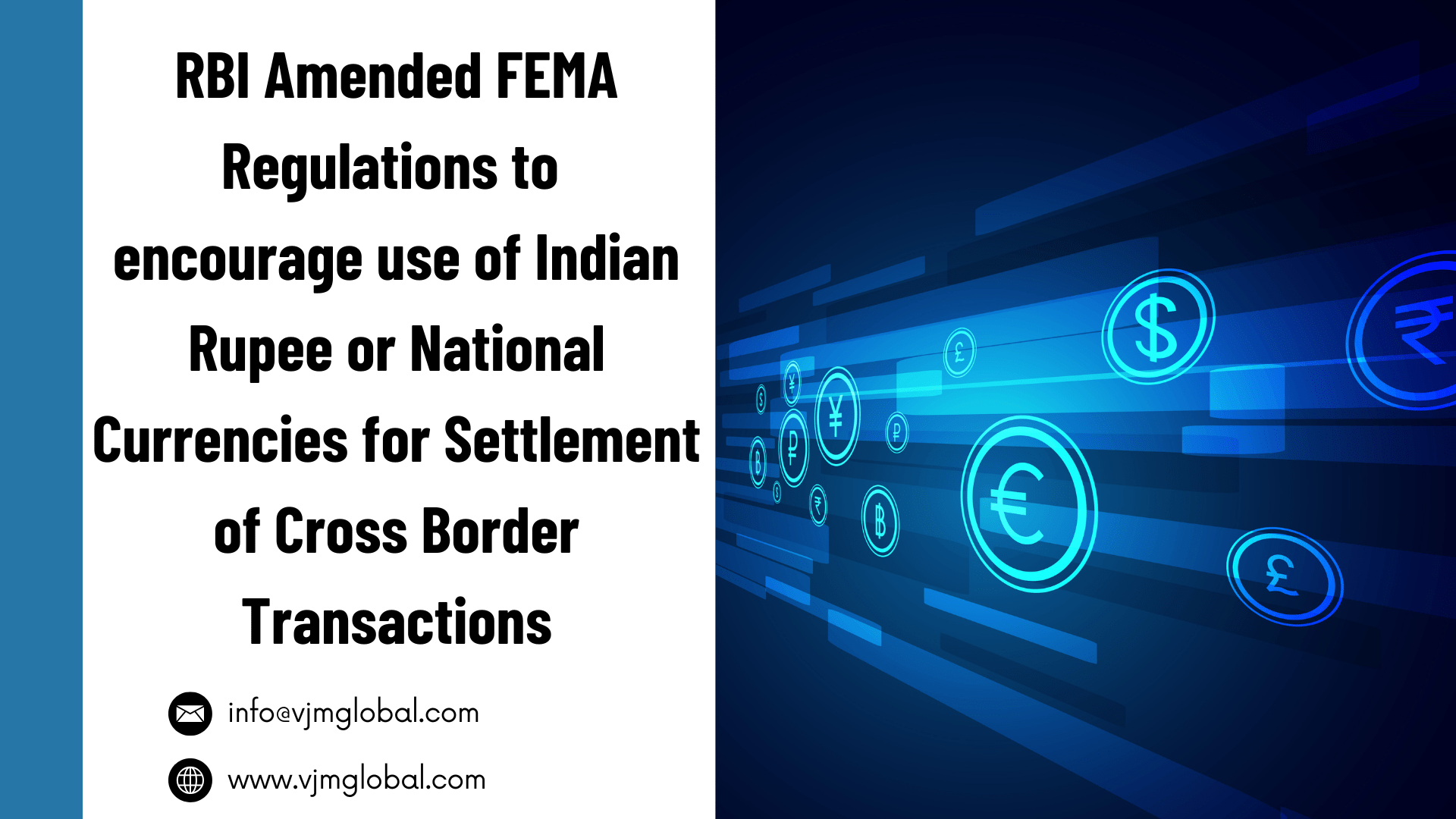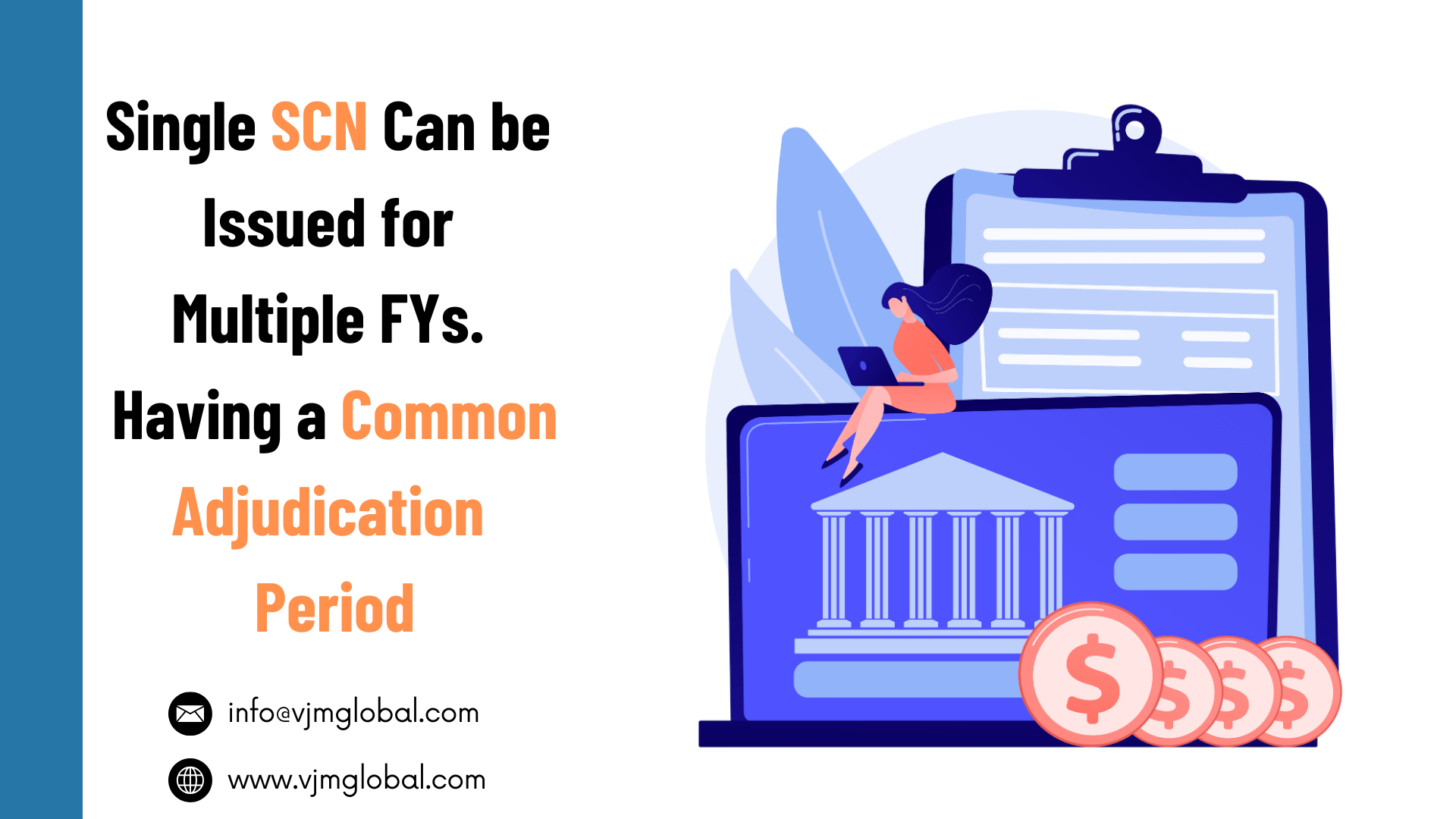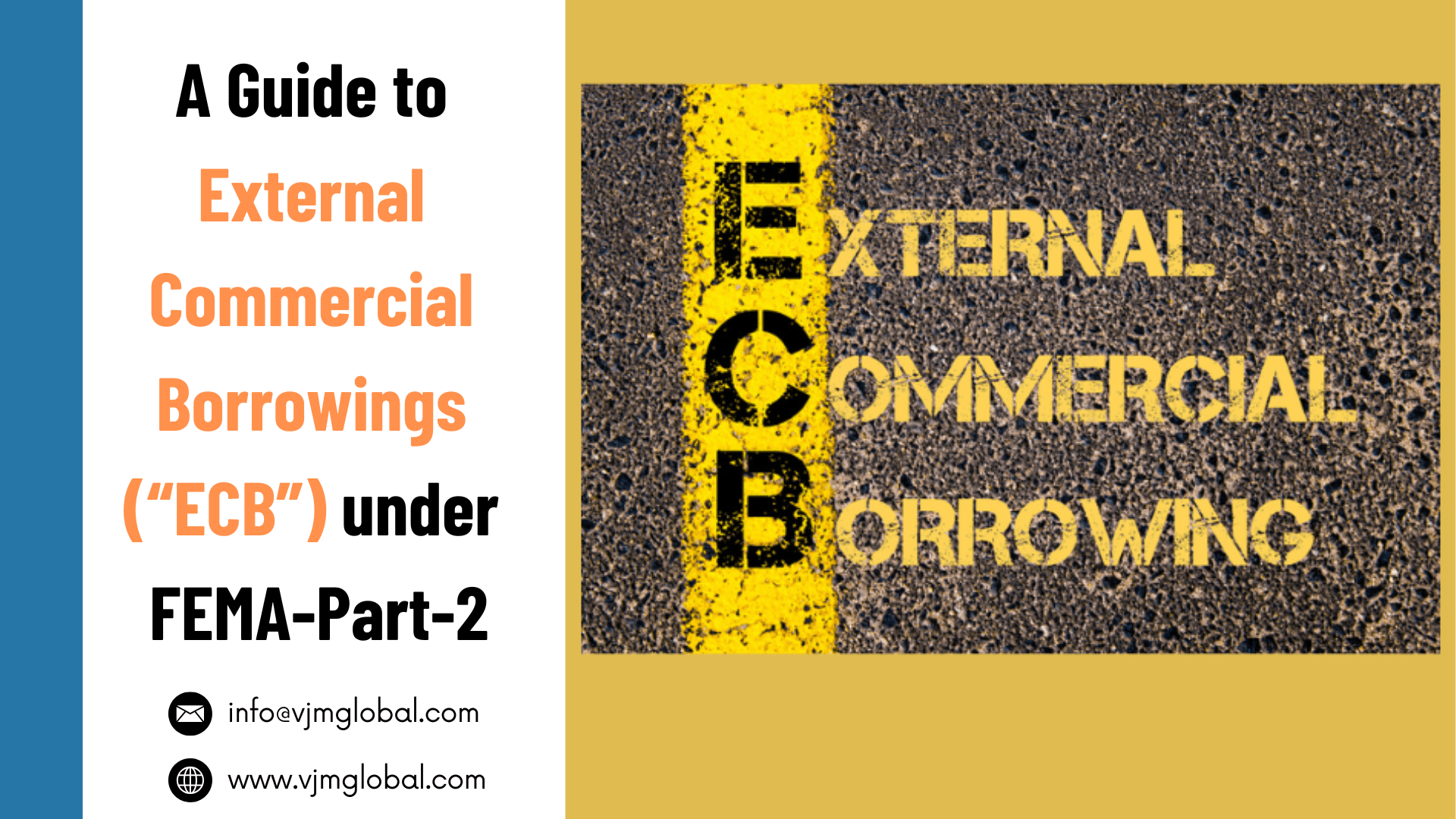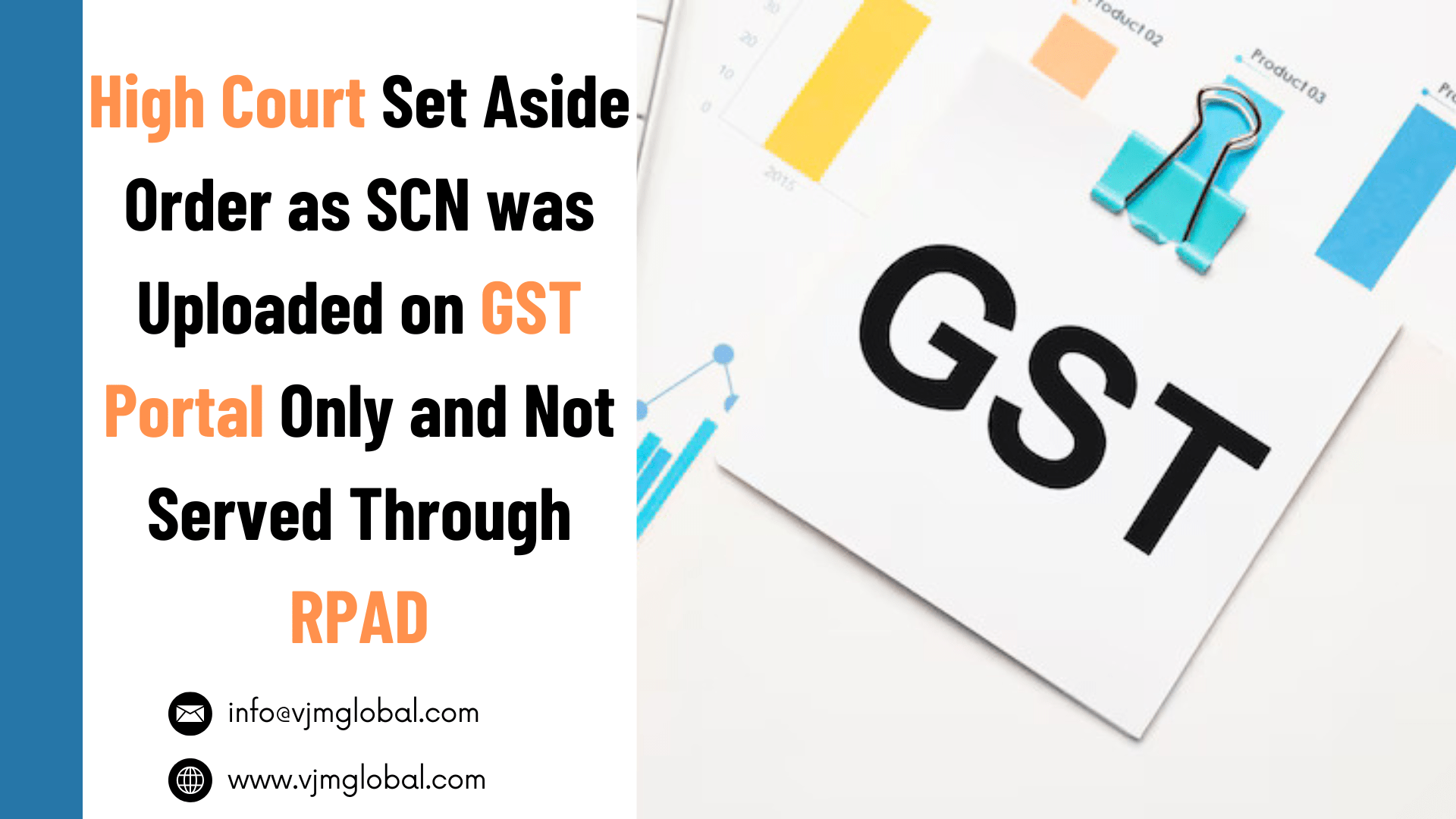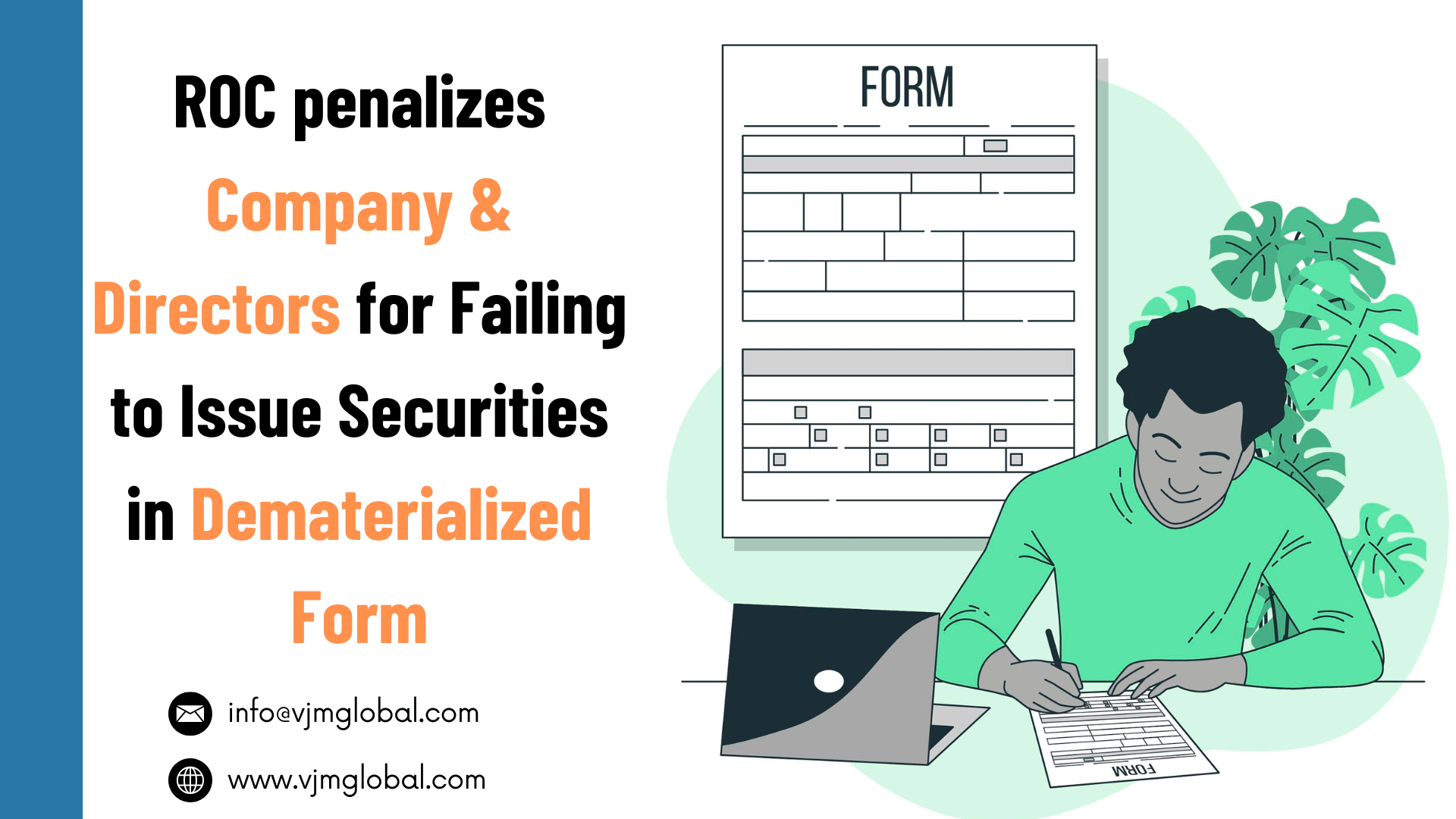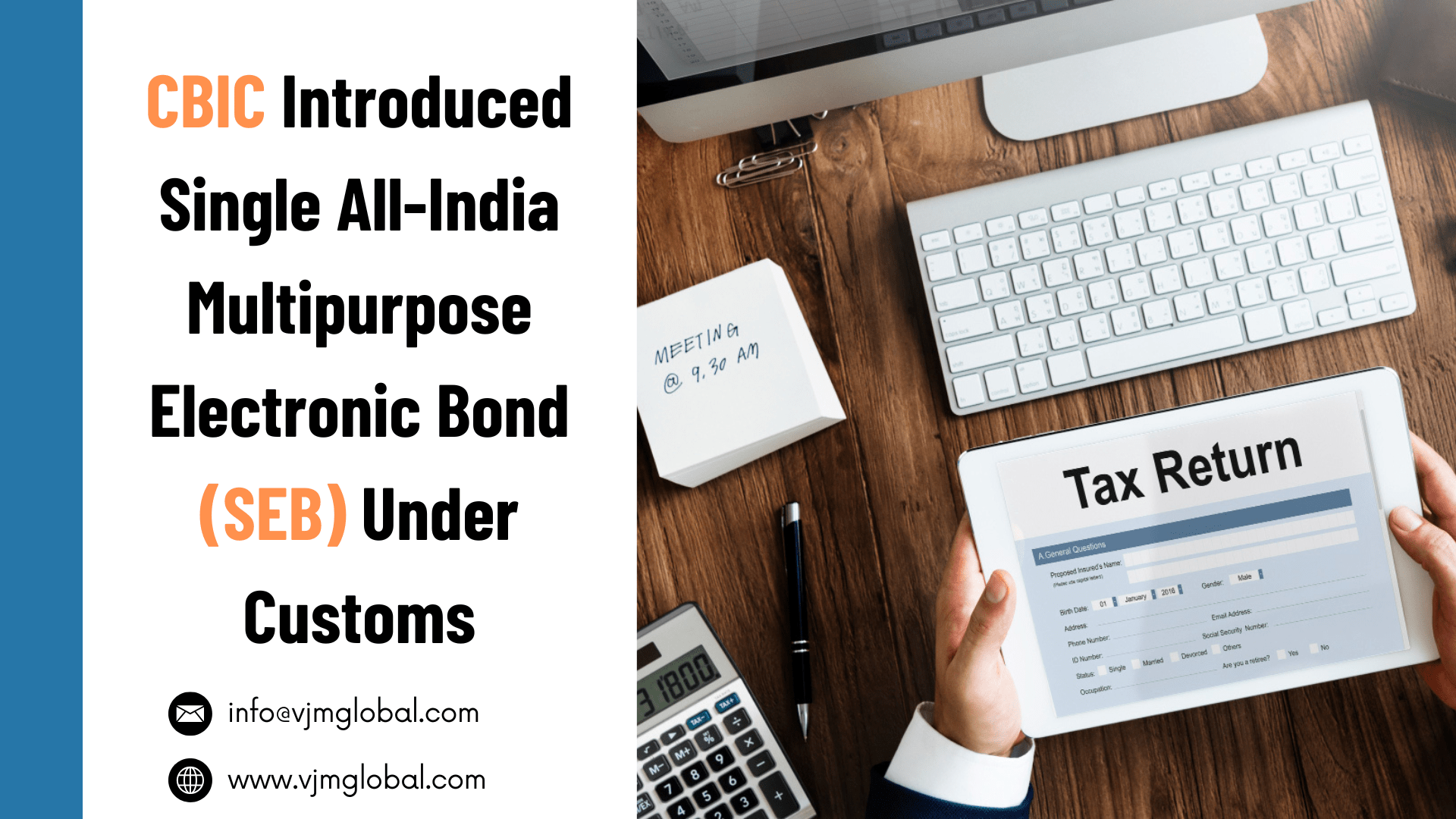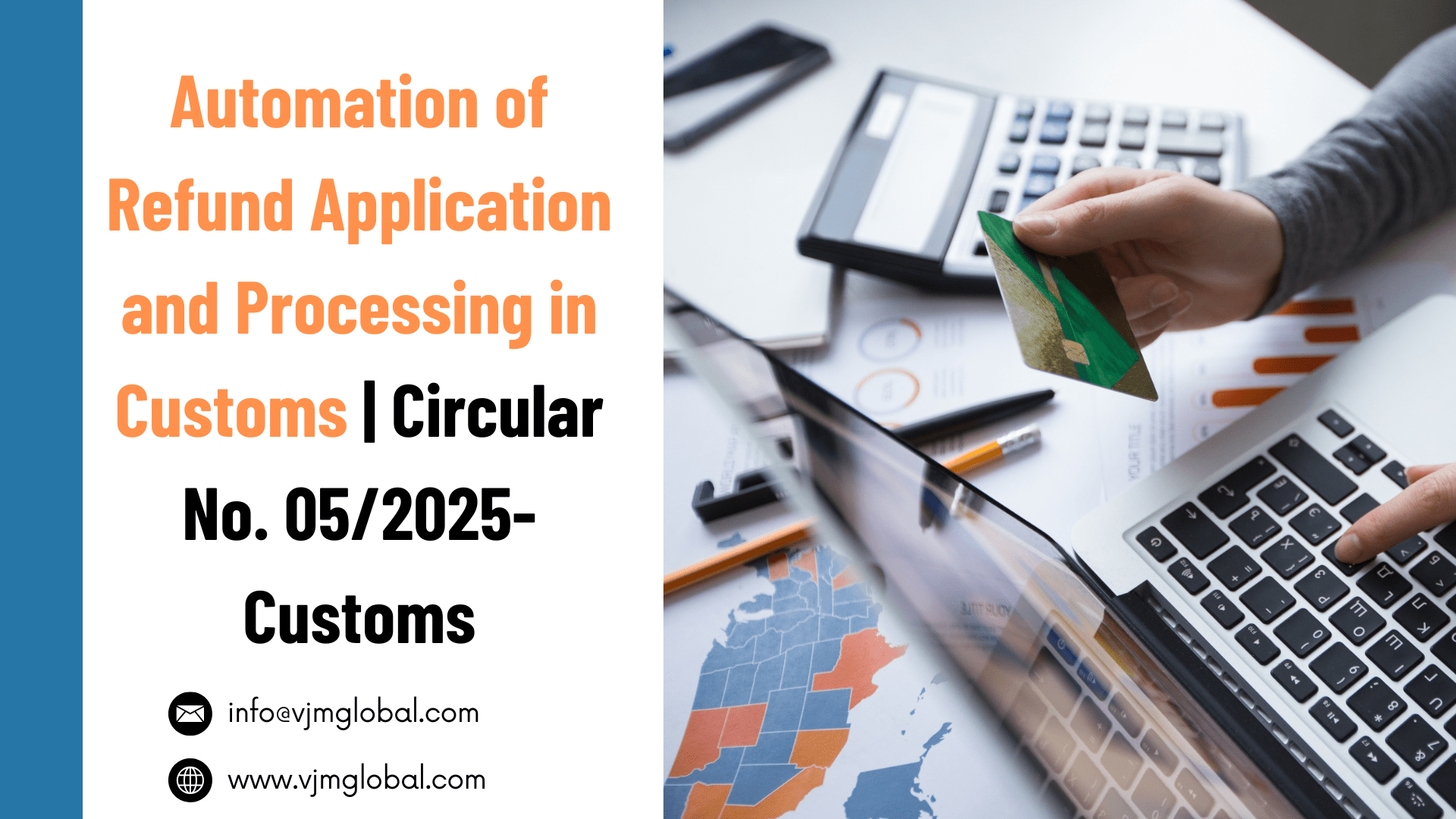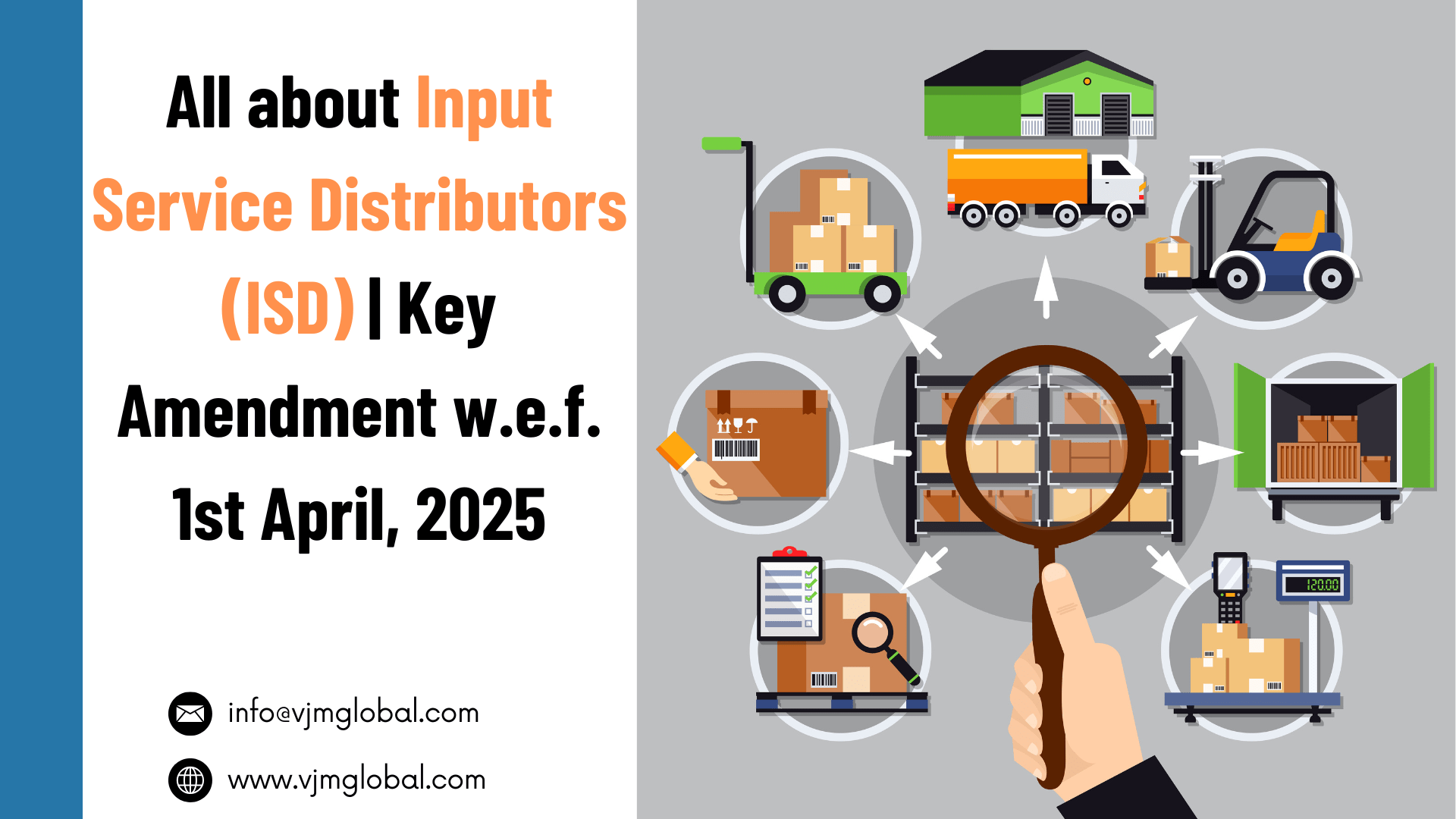Digitalization has become a key agenda in the GST department; And the government is taking every step to increase the digitalization of every process and reducing human intervention including the GST refund procedure.
To accomplish this objective, Refund under Good and Service Tax (“GST”) has been made completely electronic with effect from 26th September 2019 with no requirement of manual submission of any document with GST refund application.
Central Board of Indirect Taxes and Customs (“CBIC” or “Department”) described complete procedure of electronic filing of GST refund application vide circular No. 125/44/2019-GST dated 18th November 2019 and also covered many other important issues for GST refund procedure.
As guidelines for processing electronic GST refunds has been prescribed. Therefore, circulars issued earlier guiding manual submission of refund application has been suppressed.
1. Implementation of Electronic Refund Module wef 26th September 2019
With effect from 26th September 2019, all capabilities for making the refund process fully electronic have been deployed on the GST portal. Consequently, Circulars issued earlier in which guidelines for manual submission and processing of refund claims were prescribed need to be modified accordingly.
2. Earlier Circulars guiding manual submission of refund application – no longer into effect
CBIC has issued circular No. 125/44/2019-GST dated 18th November 2019, wherein new guidelines for processing electronic refunds are prescribed. Accordingly, following circulars issued earlier guiding manual submission of refund application has been suppressed:
- Circular No. 17/17/2017-GST dated 15.11.2017
- Circular No. 24/24/2017-GST dated 21.12.2017
- Circular No. 37/11/2018-GST dated 15.03.2018
- Circular No. 45/19/2018-GST dated 30.05.2018 (including corrigendum dated 18.07.2019)
- Circular No. 59/33/2018-GST dated 04.09.2018
- Circular No. 70/44/2018-GST dated 26.10.2018
- Circular No. 79/53/2018-GST dated 31.12.2018
- Circular No. 94/13/2019-GST dated 28.03.2019
Provision of earlier issued circulars shall continue to apply for refund application filed before 26th September 2019 in form GST RFD-01A on the GST portal, and accordingly, such applications shall be disposed of manually.
3. Electronic process of filing GST refund application
3.1 Who can claim GST refund
A taxpayer shall file an application in form GST RFD-01 on the common portal for electronic processing of the refund. Refund application can be filed under any of the following categories:
- Refund of unutilized input tax credit (ITC) on account of exports without payment of tax;
- Tax paid on export of services with payment of tax;
- Unutilized ITC on account of supplies made to SEZ Unit/SEZ Developer without payment of tax;
- Refund of tax paid on supplies made to SEZ Unit/SEZ Developer with payment of tax;
- Refund of unutilized ITC on account of accumulation due to inverted tax structure;
- To the supplier of tax paid on deemed export supplies;
- To the recipient of tax paid on deemed export supplies;
- Excess balance in the electronic cash ledger;
- Excess payment of tax;
- Refund of tax paid on an intra-State supply which is subsequently held to be inter-State supply and vice versa;
- On account of assessment/provisional assessment/appeal/any other order;
- On account of “any other” ground or reason
3.2 Online Uploading of all Supporting documents for GST Refund
- A taxpayer shall file all statements/undertakings/declarations which forms part of form GST RFD-01 itself.
- Post filing of form GST RFD-01, a taxpayer will be required to file all other supporting documents and invoices for processing of refund claim.
- The facility of uploading such invoices is available on the common portal, where all documents can be uploaded in 4 parts of 5 MB each.
- Neither the refund application nor supporting documents will be submitted manually with the jurisdictional officer.
3.3 Application Reference Number (ARN) generation for GST refund
ARN shall be generated only after filing of GST RFD-01, submission of all supporting documents, and post debit of amount from electronic credit/cash ledger, where required.
3.4 Auto Sharing of GST refund Application with jurisdiction GST officer
- Post generation of ARN, refund application shall be forwarded to the concerned jurisdictional officer. He shall be able to view it online.
- The application shall be considered to be filed on the date of the generation of ARN, and the officer shall be required to issue an acknowledgment or a deficiency memo within 15 days.
- The taxpayer shall no longer be required to visit the jurisdictional office for manual submission of documents.
- Jurisdictional officer shall issue the acknowledgment (GST RFD-02) or deficiency memo (GST RFD-03) depending upon the completion of documents shared.
3.5 GST Refund application forwarded to the wrong jurisdictional officer
- If a refund application is assigned to the wrong judicial officer, then he shall forward the same to the concerned jurisdictional officer at earliest but not later than 3 working days from date of generation of ARN.
- A deficiency memo can’t be issued on the mere ground that the application is wrongly assigned.
3.6 Processing of GST refund for unassigned taxpayers
- The refund application shall be forwarded to the assigned center or state jurisdictional officer.
- But there may be some migrated taxpayers who are not yet assigned (“Unassigned Taxpayers) to any tax authority.
- Refund application in form GST RFD-01 of unassigned taxpayers shall be forwarded to such jurisdictional officers from whom the taxpayer originally migrated.
- Such officers will continue to process these applications up to the stage of issuance of a final order in FORM GST RFD-06 and the related payment order in FORM GST RFD-05, even if such a taxpayer is assigned to counterpart tax authority while refund application is under process.
- Exception to the above, if application of such taxpayer get forwarded to original jurisdictional officer, and he issues a deficiency memo then resubmitted application, after correcting deficiency, shall be considered as a fresh application and shall be forwarded to newly assigned jurisdictional officer irrespective of fact that which authority handled the initial refund claim and deficiency memo.
3.7 Pre-requisites for filing GST refund application
While filing Refund application, the taxpayer should have filed the following forms due for filing on the date of filing refund application:
| NATURE OF APPLICANT | FORM |
| Regular Taxpayer | Form GSTR-1 and form GSTR-3B |
| Composition Taxpayer | Form GSTR-4 (along with form GST CMP-08) |
| Non-resident taxable person | Form GSTR-5 |
| Input Service Distributor | Form GSTR-6 |
As GSTR-2 has not been implemented yet, therefore, department has decided to grant refund of provisionally accepted refund amount subject to online submission of an undertaking by taxpayer that the amount of refund sanctioned would be paid back to the Government with interest if it is found subsequently that the requirements of section 16(2)(c) read with Section 42(2)(c) of the CGST Act, 2019 have not complied.
3.8 Period of submission of GST refund application
- A refund application can be filed for a tax period or clubbing successive tax period. However, a separate application is required for different fiscal years.
- A registered person, having aggregate turnover upto INR 1.50 crores in preceding or current financial year and who has opted to file GSTR-1 on a quarterly basis, shall file an application on a quarterly basis.
- Refund application under category (a), (c), and (e) mentioned above shall be file chronologically, i.e., refund application once filed under a category for a particular period. No refund application shall be allowed under the same category for any previous period.
- Such limitation shall not apply in a case where a fresh application is being filed pursuant to a deficiency memo.
4. Clarifications on extension of LUT on Ex-Post Fact basis for Zero-Rated Supplies
- When the export is made without payment of taxes, then the taxpayer is required to furnish a bond or letter of undertaking (LUT) to the jurisdictional commissioner before effecting zero-rated supply.
- In some instances, where the taxpayer made zero-rated supply before furnishing LUT, and he filed a refund claim for unutilized ITC.
- In this matter, the department has clarified that the benefit of zero-rated supplies can’t be denied where it has been established that export in terms of relevant provisions has been made.
- Delay in furnishing LUT may be condoned on an ex post facto basis, taking into consideration the facts and circumstances of each case.
4.1 Self-declaration of no prosecution along with every GST refund application
- Instances have been come to notice of department that some field information are asking for self-declaration with every refund application to the effect that the applicant has not been prosecuted.
- As per notification No. 37/2017-Central tax dated 4th October 2017, the facility of export under LUT is available to all exporters except those who have been prosecuted of any offense under CGST or IGST act or under any other law for the time being in force where the amount of tax evaded exceeds INR 250 Lakh rupees.
- As per circular No. 8/8/2017-GST dated 4th October 2017, a person intending to export on LUT should file a declaration at the time of submission of LUT that he has not been prosecuted.
- Accordingly, the department has clarified that as a requirement of a furnishing declaration has already been satisfied, then the requirement of filing a declaration should not be insisted on every refund application.
4.2 Clarifications on the difference in the value of invoice and value appearing on shipping bill
- As per representation, taxpayers have claimed a Refund of the unutilized input tax credit on account of export of goods and value declared in the invoice is different from the amount of invoice appearing on the shipping bill.
- Department has clarified that the value of the invoice should be determined as per section 15 of the CGST Act and rules thereunder. The same value should be recorded in the corresponding shipping bill or bill of export.
- However, in the case of variation, lower of value as declared in the GST invoice or shipping bill should be considered for the purpose of calculating the eligible refund amount.
5. Manner of calculation of GST refund amount
- Refund of unutilized ITC shall be computed as the least of the following:
- The maximum refund amount as per the formula in rule 89(4) or rule 89(5) of the CGST Rules [formula is applied on the consolidated amount of ITC, i.e., Central tax + State tax/Union Territory tax +Integrated tax];
- Balance in electronic credit ledger of the applicant at the end of the tax period for which refund claim is filed after filing GSTR-3B of such period.
- Balance in electronic credit ledger of the applicant at the time of filing refund application.
After computation of refund to be granted to the applicant, electronic credit shall be debited with the following amounts:
| IGST | To the extent balance available |
| CGST/SGST | Equally to the extent of balance available and in case of shortfall in the balance available in a particular electronic credit ledger (say, Central tax), the differential amount is to be debited from the other electronic credit ledger (i.e., State tax/Union Territory tax, in this case.) |
As the functionality of the automatic debit of credit ledger is not available on a common portal, the taxpayers are advised to follow the order as explained above for all refund applications. However, for applications where this order is not adhered to by the applicant, no adverse view may be taken by the tax authorities.
A refund of unutilized balance in compensation cess shall be computed separately and amount so computed shall be debited from the balance of compensation cess available in electronic credit ledger.
6. Single tax authority for disbursement of GST refund under all heads:
- Earlier, separate GST authority was authorized to issue refunds due under different heads such as disbursement of Central Tax, Integrated Tax and Compensation Cess by Central Tax officer, and disbursement of State tax by state authority. This mechanism was causing undue hardship to taxpayers.
- To simplify, it has been clarified that any refund application assigned to a central tax officer shall be processed and sanction by such an officer only for all heads. Similarly, the refund application assigned to the state tax officer shall be handled by such an officer for all tax heads.
7. Validation of bank accounts for the disbursement of refund under GST
- Sanctioned refund shall be disbursed through the Public Financial Management System (PFMS) of the Controller General of India (CAG), Ministry of Finance, Government of India.
- The refund account shall be granted post validation of bank account details. For granting a refund, PFMS will generate a unique assessee code (the combination of GSTIN and Validated Bank Account Number). Therefore, to avoid the generation of multiple Unique Assessee Codes, it is suggested to use the same bank account for claiming refund.
- In case validation of bank account fails, an error message shall be sent to the applicant. He may rectify the invalidated details or may add details of new bank account through filing amendments in non-core fields in form GST REG-14.
- The applicant may choose to update bank account details for refund purposes. PFMS shall validate the revised bank account details. The proper officer will be able to issue the payment order in FORM GST RFD-05 only after the selected bank account has been validated.
- Generally, validation of bank account should be completed before issuance of payment order in GST RFD-05, and no validation error should appear later on.
- However, if exceptionally, any error arises later on, then the system will cancel such a refund order, and a new refund order shall be issued after validation of bank account details.
- New Payment order, post validation, shall have a new reference number. However, there will be no change in the original ARN, sanction order number, or sanction amount.
- Bank account for refund can be selected from a list of bank accounts provided at the time of registration or bank accounts added later on through amendments.
- The taxpayer shall not be allowed to alter existing bank account details unless validation error arises.
- Status of disbursement of refund shall be communicated to the applicant through email/SMS. Also, be available on the status tracking facility on the dashboard of PFMS.
8. 6% Interest on late disbursement of GST refund
- If tax ordered to be refunded is not refunded within 60 days from the date of receipt of the application, then the department is required to pay interest @6% p.a. for the period starting immediately after expiry of 60 days till the amount is refunded to the applicant.
- For this purpose, the tax shall be considered to be refunded only when the amount has been credited to the bank account of the applicant.
- Accordingly, department officers are suggested to issue final sanction order in form GST RFD-06 within 45 days of the date of generation of ARN so that a refund can be credited to the bank account of the applicant within 60 days.
9. No GST refund not exceeding INR 1,000
- As per section 54(14) of the CGST Act, no refund under section 54(5) or (6) shall be paid to an applicant if the amount is less than one thousand rupees. In this regard, the department has clarified that the limit of INR 1,000 shall be applied for each tax head separately and not cumulatively.

